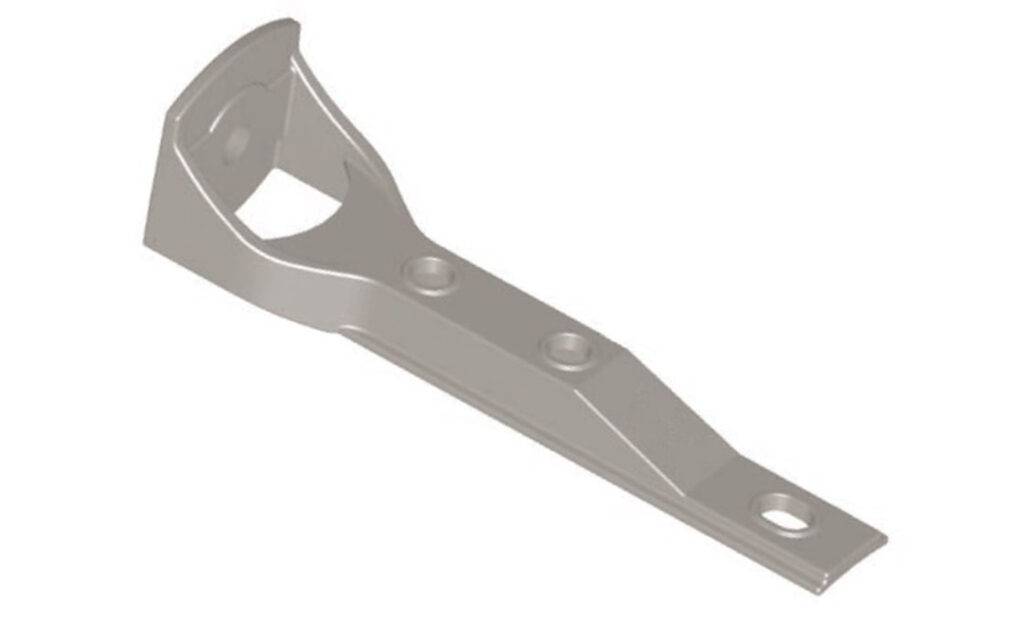
A pole top bracket is a component used to support and attach conductors to utility poles. It is also known as a pole top adapter or a pole top fitting. The main purpose of the pole top bracket is to provide a secure mounting point for equipment. This equipment includes insulators, lightning arrestors, transformers and other hardware for power transmission system. It is from materials such as steel and aluminum o provide strength and durability. Pole top bracket consists of a flat or angled plate that bolts to the top of the pole.
Components of the pole top bracket
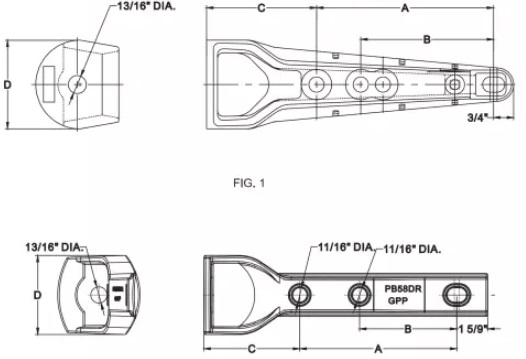
The various components of a pole top bracket vary depending on the application, utility company standards and regulations. Other design configurations include factors such as load capacity, weather resistance and installation requirements. The following are the common components of the pole top brackets.
- Mounting plate – this is a flat or angled plate made of metal that attaches to top to the utility pole.
- Bracket – this is part of the top bracket that supports the insulators.
- Holes – the plate may have holes used to attach the equipment or hardware which allow flexibility in positioning and alignment.
- Cable clamps – the clamps help to maintain proper tension and prevent sagging of the conductors.
- Fasteners – fasteners include bolts, nuts and washers used to secure the different components of the pole top bracket together.
Types of pole top brackets
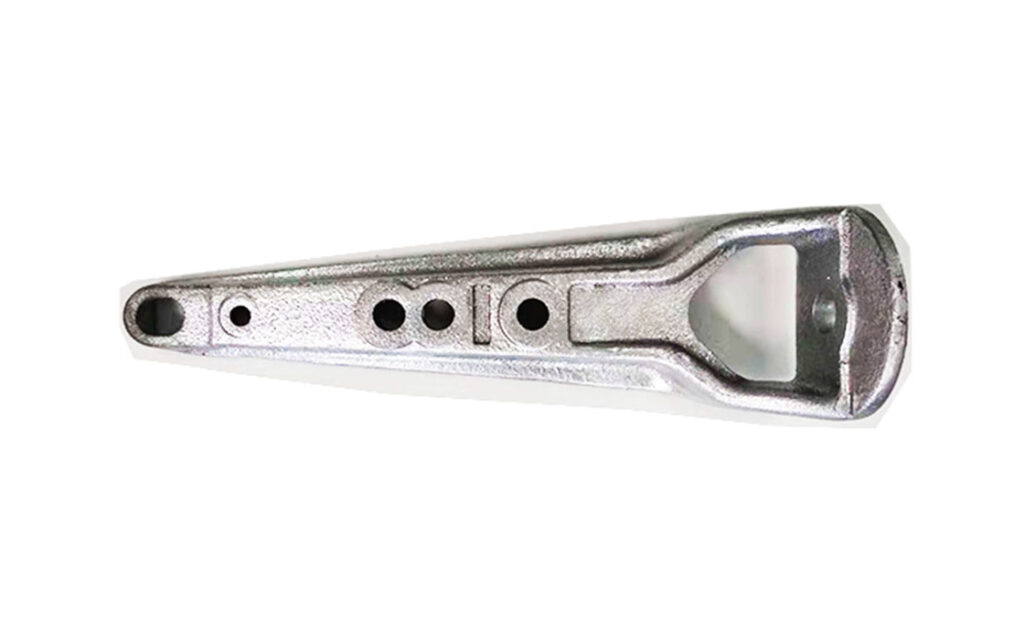
Several types of pole top brackets have different designs to meet the different requirements and accommodate various configurations. The types vary depending on local regulations, utility company standards and equipment requirements. The following are the common types of pole top brackets used on power transmission systems.
Specialty brackets – specialty brackets include brackets with integrated surge arrestors, bird diverters or specialized mounting systems.
Combination bracket – this bracket combines the functionality of a pole top brackets with other components. They include transformer mounting platform, cable support and lightning arrestors.
Crossarm bracket – this bracket includes an extended horizontal arm or a crossarm that provides extra support for conductors. It offers increased stability and load bearing capacity. This makes it suitable for heavier equipment installations.
Angled bracket – this is a bracket designed with angled plate which allows for better alignment and positioning of equipment.
Flat plate bracket – this is the basic bracket that attaches to the top of the utility pole. It provides a simple and versatile mounting platform for a range of hardware.
Multi attachment bracket – this is a type of bracket that features many attachment points. These points allow for installation of multiple pieces of hardware. It works when mounting several items on a single bracket.
Applications of pole top bracket
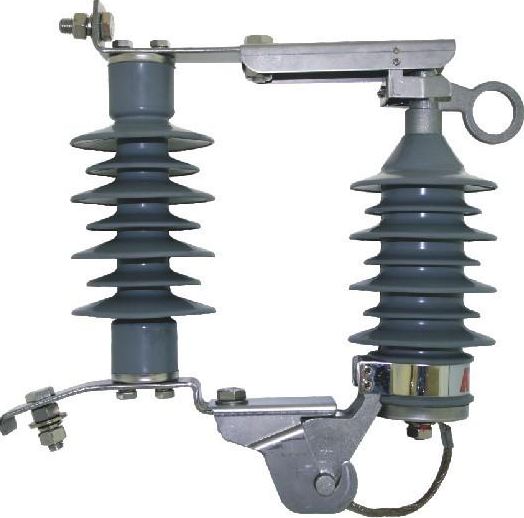
Heavy duty crossarm bracket for mounting power equipment find applications in various industries today. The applications vary depending on the requirements of the power transmission systems, local regulations and utility company standards. They help to protect the insulators, wires and other equipment from the elements. Pole top brackets also help to improve the overall appearance of power lines and other electrical systems. The design and features of the bracket aim to meet the specific needs of the application. the following are the common application areas of the pole top bracket.
Telephone lines – pole top brackets help to mount insulators on telephone pole. This help to insulate the wires from the pole and prevent them from getting into contact.
Power transmission lines – the brackets help to support power conductors and hold them in place. This helps to maintain proper tension preventing sagging or damage.
Streetlights – pole top brackets help to mount streetlights on poles to provide a secure mounting point for the streetlights. They also help protect them from elements.
Lightning protection – pole top brackets use lightning arrestors mounted on the brackets. They provide a path for lightning currents to safely dissipate to the ground.
Grounding – the brackets may include grounding points or provisions for attaching grounding hardware. This provides a safe path for fault currents to dissipate into the ground.
Installation process of the pole top brackets
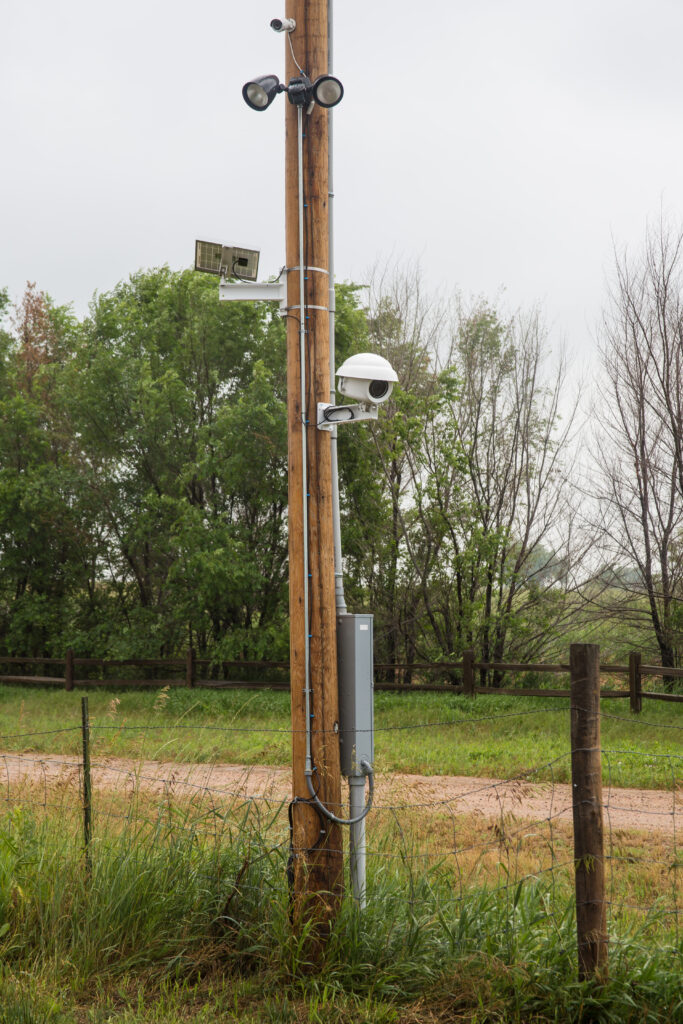
Pole top bracket installation guidelines involves best practices to maintain the integrity of the application. the installation process varies depending on specific requirements, equipment and local regulations. Additionally, it is advisable to consult the manufacturer’s instructions, utility company guidelines and adhere to safety procedures. The following is a basic process for the installation of pole top bracket.
- Prepare the work area and ensure it is safe and clear for use and take necessary safety precautions.
- Determine the suitable the location for the pole top bracket by considering factors such as conductor alignment and clearance regulations. Position the bracket in the desired position and align it with the holes on the pole.
- Secure the pole top bracket to the utility pole using suitable fasteners to ensure secure and tight connections.
- Attach the necessary equipment and hardware which include insulators, lightning arrestors, transformers or other components.
- Position the power conductors onto the bracket and secure them using the provided clamps. Make sure the conductors are tight and properly aligned.
- Inspect the pole top bracket, equipment and connections for any signs of damage. Also, perform necessary tests and inspections required by the company or regulatory standards.
Selection process of pole top bracket
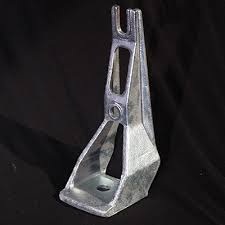
The selection process of a pole top bracket should be carefully done to meet the specific requirements. Professionals and experts in the industry provide guidelines on the best pins. This helps to select the suitable pole top bracket for your application needs. Selection considerations for pole top brackets in power systems involves a series of factors are as detailed below.
- Assess the equipment and hardware that needs to mount on the pole top bracket. This is by considering the size, weight and configurations of the equipment.
- Assess the load capacity of the pole top bracket. This includes considering the weight of the equipment, conductors and any extra loads to apply.
- Consider the type and size of the utility pole to install the bracket and ensure the chosen bracket is compatible with pole type and size.
- Consider any clearance requirements to ensure the selected bracket does not interfere with other components.
- Ensure the selected bracket complies with local standards and regulations to maintain system integrity and safety.
- Consult with manufacturer or suppliers of pole top brackets for product offerings, specifications and guidance on suitable brackets.
- Check the environmental conditions of the installation area and choose a bracket suitable for the conditions. This ensures durability and longevity.
Frequently Asked Questions
What is a pole top bracket as used in overhead transmission lines?
This is a device used on top of poles to hold and support insulators to provide a secure mounting point. They help to secure the connections and improve the appearance of the power line systems.
What are the main components of pole top bracket?
Mounting plate
Bracket
Fasteners
Clamps
Insulators
What are the benefits of pole top brackets?
Space optimization
Ease of access for maintenance
Versatility and flexibility
Durability and weather resistance
Cost effective
Improved visual appearance
Compliance to standards and regulations
What are the limitations of pole top bracket?
Load capacity limits
Limited space
Installation skills required
Regulatory compliance
Limited by environmental factors
